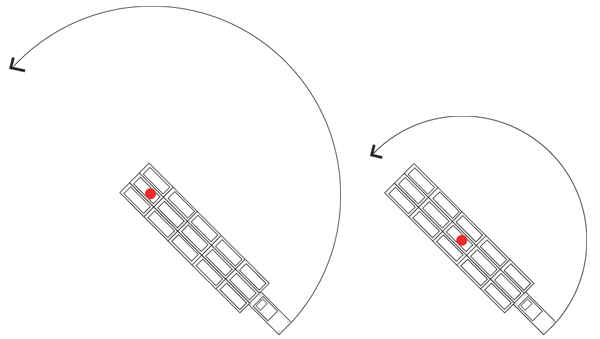|
Introduction
Throughout the history of our country, the river system
has played a vital role in the shaping of our economy and the national identity.
The river system is as vital to our nation as the highway system but unlike the
highway system, the commerce that is conducted on the inland waterways goes largely
unnoticed by the majority of Americans. As a result, the problems and angers faced
by the men and women who work on our waterways are also unnoticed.
The purpose of our project is to produce a device that
will allow for commercial carriers to take advantage of new technology in
navigation, composites and materials
to enhance safety, increase profitability and help operators
become better at their job of piloting a tow.
Barge traffic on the inland waterways is critical to our
national economy. Over $1 billion in products are moved
using barges annually and anything that can be considered a bulk material can be
transported by barge. From coal to steel to grain to fuel, it can all be transported
in the most cost effective manner by barge.
This presents several logistical issues. The first is the problem of empty barges.
A barge that is empty is not earning money for its owner but barges cannot always
make trips loaded both ways. This presents a variety of issues that our
device sets out to solve. The first predicament is that it costs money to
transport an empty barge back to a terminal for loading.
If this could be done in a more rapid manner, say by making it more maneuverable
by reducing the turning radius, it would necessarily increase the profitability
of the barge. The second complication is that of the stability of an empty barge.
Since an empty Barge rides very high in the water, it is more susceptible to the
force of winds than a loaded barge would be. The last dilemma our device is intended
to solve is that of preventing damage to barges by underwater obstacles through
the use of forward looking navigation aids or sonar.
The device designed by our team is a technologically enhanced centerboard that will
provide lateral stability in high winds, reduce the turning radius of a barge to
promote greater handling capabilities, and a means of ‘looking’ under the water
out in front of a tow to see and react to any obstacles in the water. The innovative
carbon fiber was chosen as material of choice due to its weight saving characteristics
as well as its high strength. To get a sense of the practicality of the device,
we collected background information on the history of commerce
on the river system, towboats and
navigation with special attention to sonar,
accidents involving barges, barges and how
they are made, the ports and terminals that barges serve
and emerging technology in carbon fiber and its practical
application in a marine environment as a construction material for our centerboard.
 Image used with the permission of David F.
Image used with the permission of David F.
Towboat Joe's Detailing Site #2
http://towboat20.tripod.com/hopperba.htm
|

